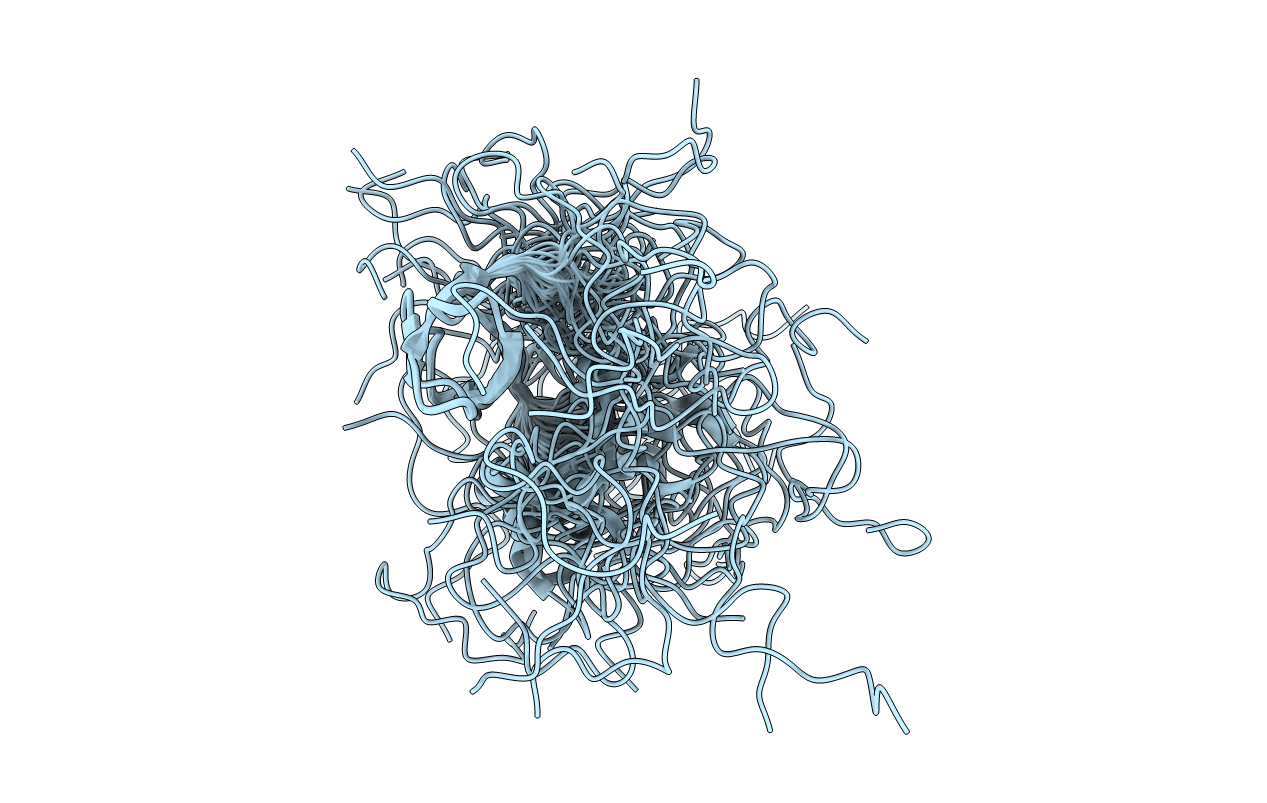
Deposition Date
2013-02-11
Release Date
2013-04-17
Last Version Date
2024-05-15
Entry Detail
PDB ID:
2M4V
Keywords:
Title:
Mycobacterium tuberculosis RNA polymerase binding protein A (RbpA) and its interactions with sigma factors
Biological Source:
Source Organism:
Mycobacterium tuberculosis (Taxon ID: 1773)
Host Organism:
Method Details:
Experimental Method:
Conformers Calculated:
100
Conformers Submitted:
35
Selection Criteria:
structures with the lowest energy


